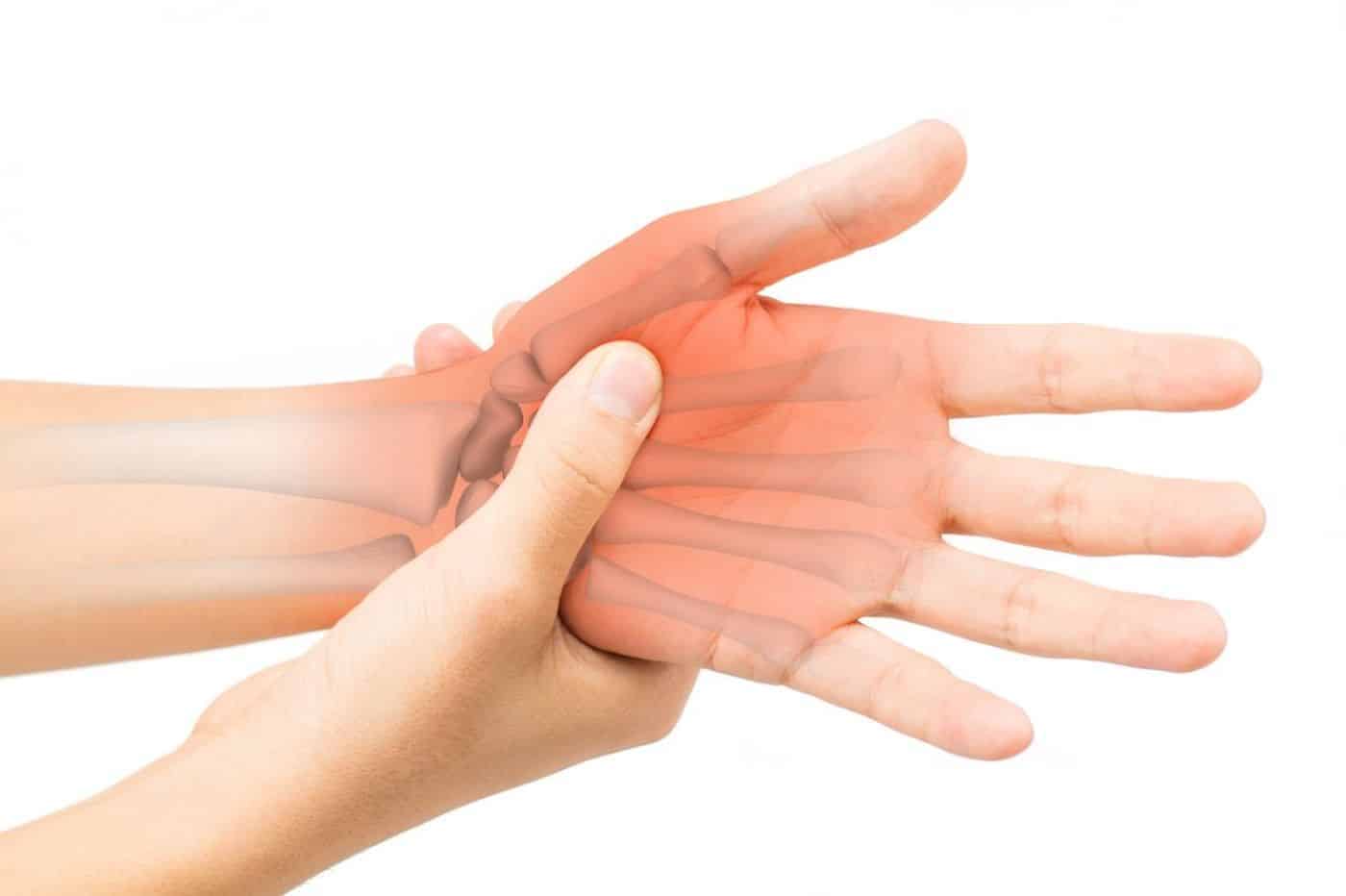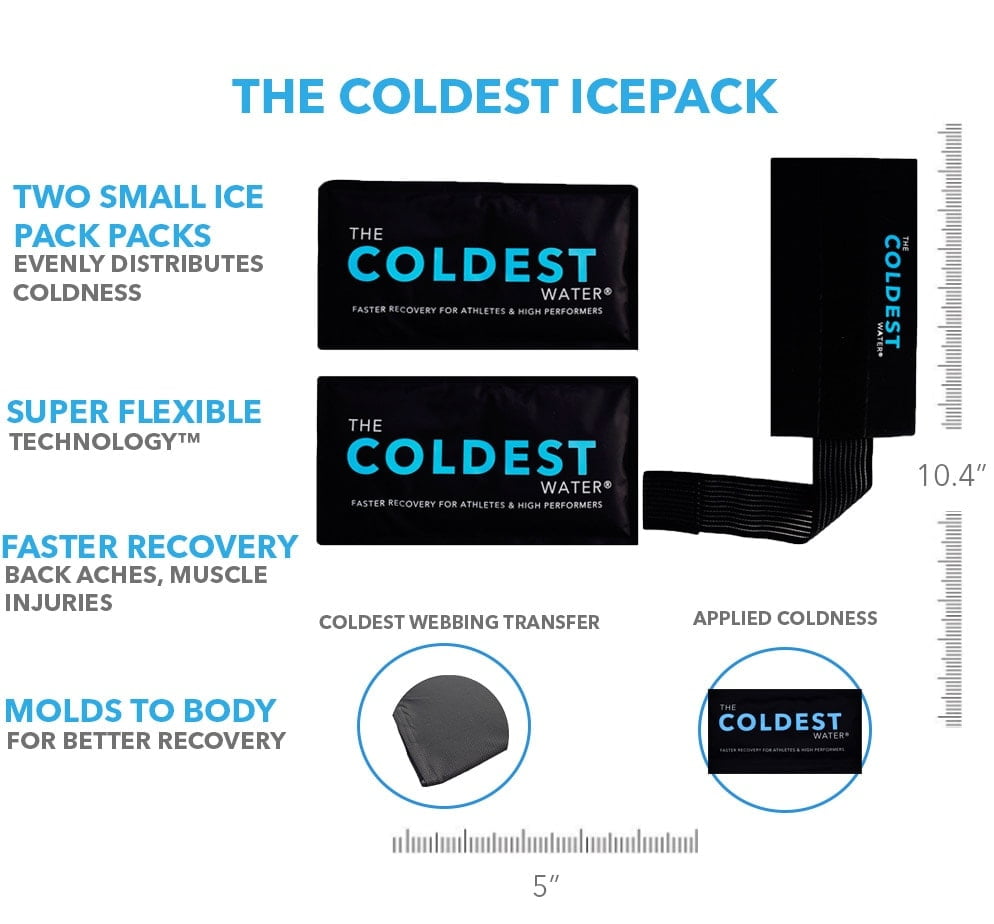Skier's Thumb - Gamekeeper's Thumb - UCL
-
Causes of Skier’s Thumb:
-
Symptoms of Skier’s Thumb:
-
Skier’s Thumb Tests and Exams:
-
Home Remedies for Skier’s Thumb:
-
Medical Treatment of Skier’s Thumb:
The term “Skier’s Thumb” describes an injury which happens between the soft connecting tissues of thumb and bone. This soft tissue which connects muscle or bone is also called ligament. The Skier’s Thumb is a common injury among the skiers. The injury is repaired with surgical procedures in most severe cases where ligaments are torn completely. Because of the significance of thumb and its movement, it is necessary to ensure the stability of this connecting ligament. Proper rehabilitation makes the patients of Skier’s Thumb restart previous activities such as skiing after a short period of time.
Causes of Skier’s Thumb:
The injury called Skier’s Thumb commonly happens during the skiing activities because of accidents or falls. According to statistical data, Skier’s Thumb makes a total of 10 % of the skiing injuries.
The ligament of thumb gets stretched unnecessary when you fall during the skiing having a ski pole in the hands. In contrast, if you fall with an empty hand (no ski pole in palm) then there will be no Skier’s Thumb injury. On the other hand, the hand may also get Skier’s Thumb if it jams inside the solid snow with a huge shock. The thumb may also get injured in a roadside accident. Skier’s Thumb rarely happens in automobile crashes. The thumb injury is also common in cases if it gets bent backward.

Skier’s Thumb or gamekeeper’s thumb
Symptoms of Skier’s Thumb:
The symptoms may appear within a few minutes to few hours after the injury fall or accident. Following symptoms are common after the Skier’s Thumb injury.
- You will feel pain between the areas of index finger and thumb (web space).
- The thumb will swell.
- Inability to move the thumb.
- Inability to grasp anything because of the general weakness or pain.
- Tenderness in the area close to index finger (side of the thumb).
- Black or blue discoloration of thumb skin.
- Pain in thumb when it moves in any direction.
- Wrist pain (which may be considered because of the injured thumb).
Read More: When to Use Coldest Ice Pack on an Injury or Pain?
When to Visit Doctor?
Call the healthcare specialist immediately after having an injury. You must see your doctor if symptoms of Skier’s Thumb are visible after the injury. Follow the instructions given by your physician. Take special care at home and keep checking your thumb. Based on the type of accident or injury, if it is confirmed that you have Skier’s Thumb then you should visit the emergency room at a hospital. Don’t panic in this matter. You don’t need an ambulance. You can drive carefully if the injury is minor. In case of severe injury, you can use public transport or ask a friend to drive the car for you.
Don’t you feel visiting the hospital is important? In this case, you should consider the orthopedic surgeon. Visit any bone specialist close to your home. It would be better to visit orthopedic surgeon rather than waiting to see other symptoms or signs. Treating the Skier’s Thumb as quickly as possible may minimize the risk of injury development.
Skier’s Thumb Tests and Exams:
The orthopedic surgeon will initially confirm that a patient doesn’t have any other injury or damage to hands, palm, and fingers. He will examine the thumb after evaluating other risks. You will be needed to give answers to some questions. The doctor asks these questions after finding how the injury happened.
- What was the time when you get this injury?
- What was the activity and positioning of the palm, fingers, hands and especially thumb when the injury happened?
- How quick pain or swelling happened after injury?
- Do you feel that your thumb is moving beyond its normal range of motion?
An orthopedic surgeon may ask about medical history. Following are important questions.
- Have you ever faced any similar injury in life?
- Is there any surgical operation involved in your injury?
- Do you have any type of allergy especially to painkillers?
- Do you use your left or right hand most often?
- What do you do (work or sports)?
After asking these questions, the orthopedic surgeon will conduct a physical examination. He will use the following options.
- A detailed comparison of the injured and uninjured thumb (look, fitness, the range of motion and movement).
- An assessment of the hand and its major nerves.
- X-rays to see if there is any fracture in the hand or bones of fingers.
- A detailed examination of the entire arm from finger to shoulder (wrist, forearm, elbow or shoulder).
Read More: Does Hot and Cold Therapy Work?

Ice Pack for relief SHOP NOW
Read More: Instant Ice Packs & Cold Therapy
Home Remedies for Skier’s Thumb:
You can remove swelling and pain at home by using some home remedies. Those who have diagnosed the Skier’s Thumb should focus on these techniques first. Take these steps in order to get quick healing.
-
Cold therapy is good for Skier’s Thumb. Apply the coldest ice pack for 35 minutes (at least 3 times a day) on an injured thumb. Don’t use solid ice cubes for this application. Continue this practice until the pain disappears (however, you should not delay in the matter of medical support. Visit the doctor whenever you are free. Make sure that you are going to see a doctor as soon as possible).
-
Try to keep your thumb immobile. Try ACE wrap which is a commercial brand. It is used to keep the thumb immobile. This wrap helps to minimize the pain.
-
Use NSAID’s to control pain. The non-steroidal anti-inflammatory drugs such as ibuprofen are good for this purpose. Avoid over the counter medicines especially if you have any stomach or digestion related issue.
-
The most essential aspect of the Skier’s Thumb treatment at home is that injury has been diagnosed by a specialist. Home remedies can only be used if your doctor believes that injury is not severe and it can be healed at home without surgery.
Medical Treatment of Skier’s Thumb:
Medical treatment is easily available for Skier’s Thumb. It is very simple to treat this injury. First of all, the doctor or physician at an emergency center will ask you to visit a bone specialist if he believes that it is Skier’s Thumb. The bone specialist will reexamine the thumb. He will also consider the first aid report written by the previous doctor. Based on the nature of the injury, initial medical report and reexamination, the surgeon will discuss the surgical and nonsurgical treatments. This is the most critical period for people who get Skier’s Thumb. Exact or proper diagnosis on time is important to choose the right option.
In most of the situations, orthopedic surgeons choose to keep the ligaments of thumb immobile for several weeks if the injury is partial. This type of Skier’s Thumb injury can be treated with simple procedures as mentioned above. On the other hand, complete tear, rupture or damage to the ligament is treated with surgical repairs. The surgeon will repair the damaged ligament using various techniques.

Double Ice Pack for Relief SHOP NOW
Surgery:
Commonly, the surgeons use “Suture Anchor” technique for the surgical operation. Your thumb will be kept in a cast after completing the surgery for a specific time period. Some surgeons may recommend gentle movement for twice or thrice in an hour. The modified cast is used for patients who have Skier’s Thumb with the fracture in the bone. The broken bone pieces are repaired with the help of surgical stabilization.
Follow-ups after Skier’s Thumb Surgery:
The surgeon may ask you to visit shortly after the surgical treatment. He will keep examining the thumb even in the cast. Based on progress, he may ask you to keep the thumb immobile for next days. He may also recommend light physical therapy to start rehabilitation of thumb. In most cases, the surgeons prefer to monitor the range of motion and condition of associated ligaments.
Prevention:
Skiers who mostly get this injury need to have proper information about the use of ski pole. It is important to learn how to avoid potential injuries if you fall accidentally. As Skier’s Thumb is more common during skiing activities, it is necessary to see how to place your hand on the surface of land while falling. Try to use your ski pole with the finger groove grip. Avoid using a wrist strap or other tools in order to avoid further injuries.
Always keep your thumbs outside the steering while driving your car. This could be a new routine for you but it is safe and it helps to avoid Skier’s Thumb injury. In normal cases, most drivers get Skier’s Thumb as they keep the thumb inside the steering while driving a car.
Outlook:
-
An acute partial rupture in ulnar collateral ligament takes almost 4 weeks for proper healing. This requires complete immobilization of thumb in a cast. This usually applies for partial ruptures (especially when the ligaments stretch beyond capacity).
-
Either immobilization of thumb or surgical repair can be useful to achieve complete recovery after the complete rupture. Don’t ignore complete ruptures. This may lead to further complications. It is required to treat the severe Skier’s Thumb as soon as possible. Delaying medical treatment may result in permanent loss of ligament, joint instability, and chronic pain.
Read More: Cold Therapy: Speed up the Recovery and Enhance Performance

















